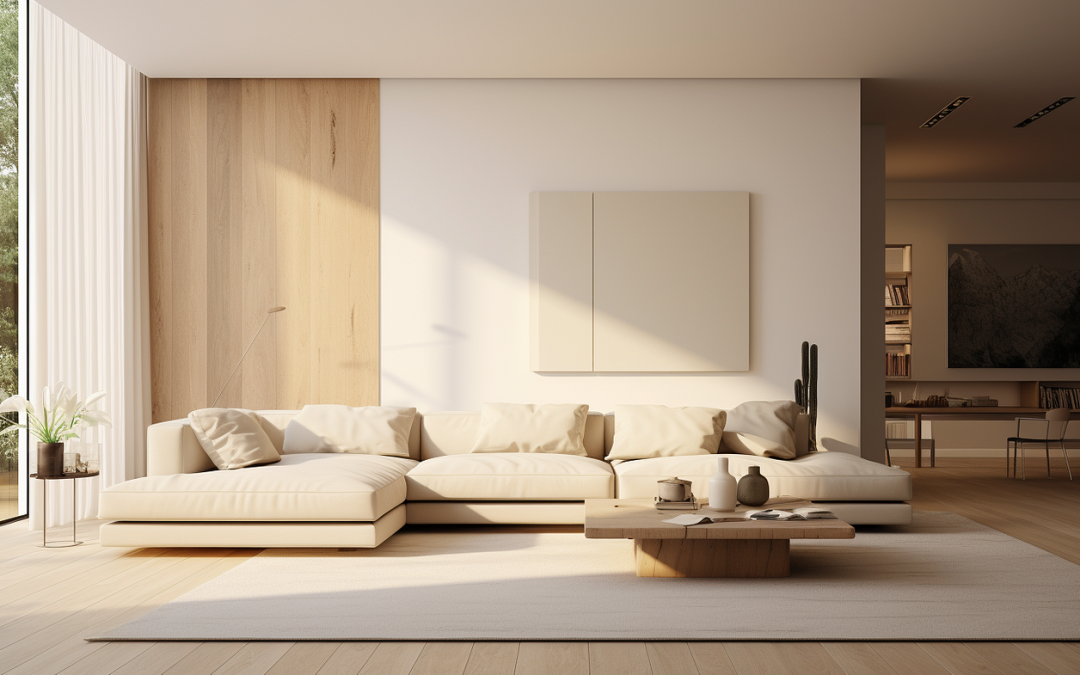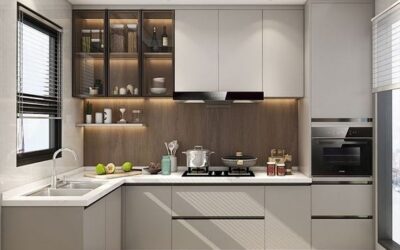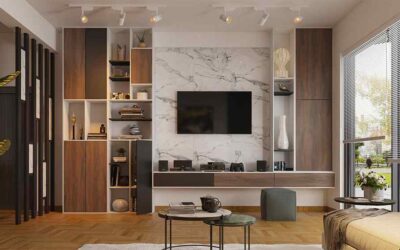In a world inundated with constant stimuli, minimalism in interior design emerges as a breath of fresh air, offering a sanctuary of simplicity and tranquility. This design philosophy, rooted in the mid-20th-century minimalist art movement, advocates for a curated approach, focusing on essential elements while eliminating unnecessary embellishments. This blog explores the key principles of minimalism in interior design, guiding you on a journey to create spaces that are not only visually pleasing but also contribute to a sense of calm and well-being. Minimalism in interior design is a design approach that prioritizes simplicity, functionality, and the use of minimal elements to create a clean and uncluttered space. Rooted in the principles of the minimalist art movement that emerged in the mid-20th century, minimalist interior design seeks to eliminate excess and focus on essential elements to achieve a sense of harmony and tranquility.
PRINCIPLES AND ELEMENTS OF MINIMALISTIC INTERIORS
Minimalism in interior design is characterized by a set of principles that emphasize simplicity, functionality, and a focus on essential elements. These principles guide the creation of spaces that are uncluttered, visually appealing, and conducive to a sense of calm. Here are the key principles of minimalism in interior design:
1.Simplicity in Form and Function:
- Use clean lines and simple geometric shapes for furniture and architectural elements.
- Avoid unnecessary ornamentation and decorative details. Keep the design straightforward and uncomplicated.
- Prioritize functionality in every design choice.
- Avoid overcrowded surfaces.
- Choose furniture based on functionality and necessity.
- Lighting fixtures are selected based on their ability to illuminate the space effectively.

Source: behance
2.Neutral Colour Palette:
- Embrace a neutral colour scheme with colours like white, grey, beige, and muted tones. This creates a calm and timeless backdrop.
- White is often a predominant color, serving as a clean canvas for other elements.
- Gray tones are versatile and can range from cool to warm, allowing for flexibility in design.
- Beiges, taupe, and other earthy tones add warmth and a touch of comfort to minimalist interiors.
- Occasionally, soft pastels like muted blues or pale greens may be used as accents.
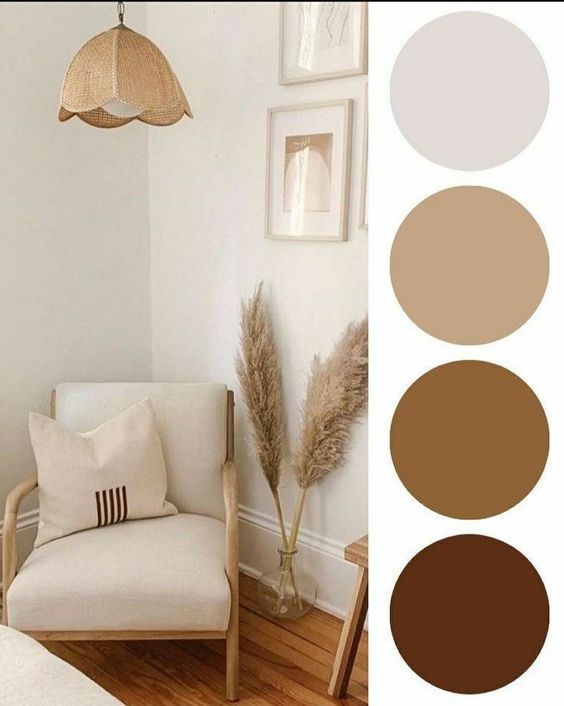
Source: Sparkosol
3.Empty Space:
- Empty spaces are deliberately integrated into the design to allow visual breathing room.
- Allow for open and uncluttered spaces. Avoid overcrowding rooms with furniture and decor. Embrace the idea that empty space is an essential part of the design.
- The absence of unnecessary elements reduces visual clutter, promoting a serene atmosphere.
- Empty space is used to emphasize key design elements, such as a piece of artwork or a unique furniture item.
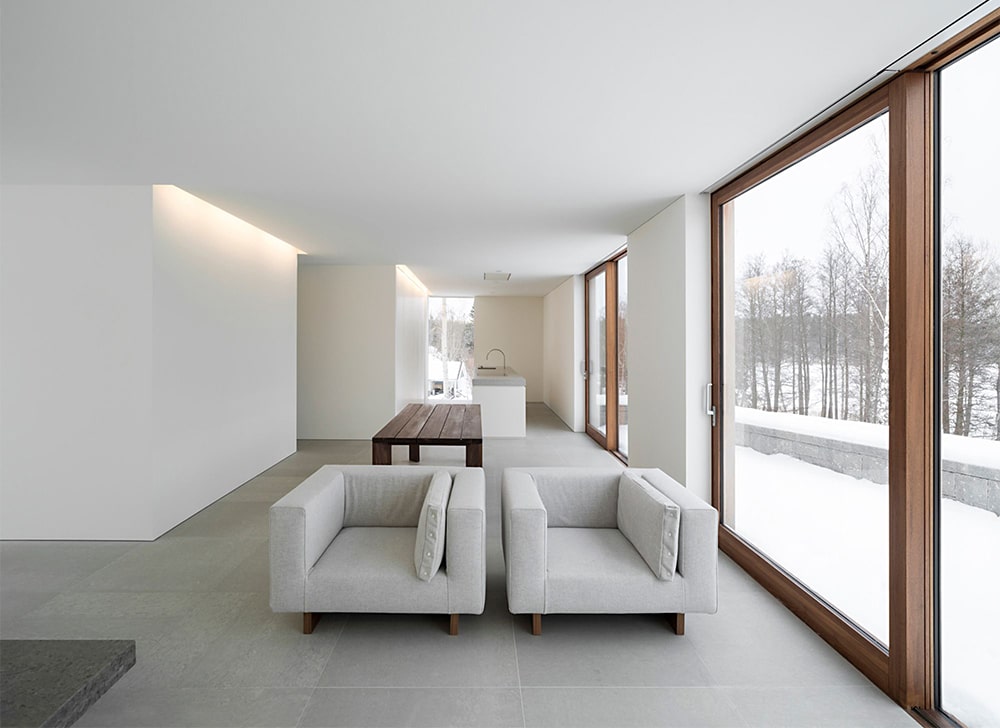
Source: artfasad
4.Limited Decor:
- Keep decor minimal and purposeful. Select decor items that contribute to the overall design and serve a specific function or aesthetic purpose.
- Surfaces, such as tables and countertops, are intentionally kept clear.
- Some areas may intentionally feature large blank walls, contributing to a sense of openness.
- Sculptural decor items become focal points, emphasizing form over excessive detailing.
- Decor items are strategically arranged to create visual interest without overwhelming the space.
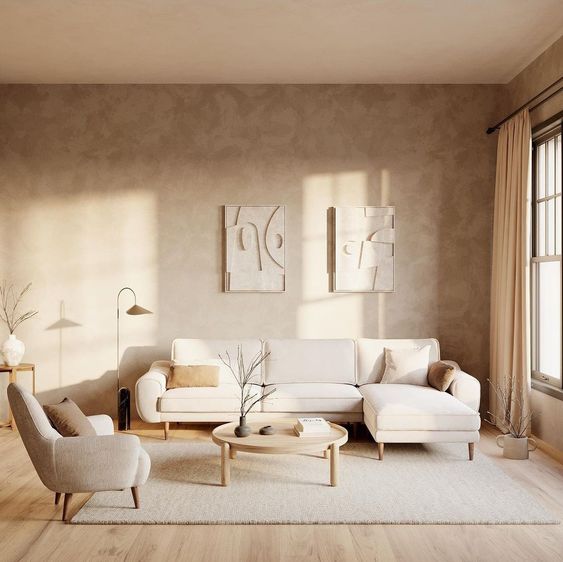
Source: nefissce
5.Natural Light:
- Maximize natural light by using large windows and open spaces. This enhances the sense of openness and connects the interior with the outdoors.
- Opting for materials with reflective qualities, such as polished metals or glossy finishes, enhances the reflection of natural light.
- Opt for Natural materials like marble or light-colored woods can also contribute to light reflection.
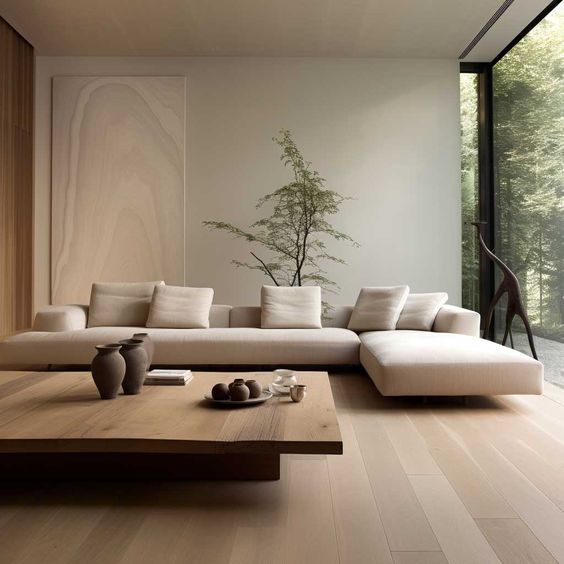
Source: artfasad
6.Quality Over Quantity:
- Focus on quality rather than quantity when selecting furniture and decor. Invest in well-made, durable pieces that have a timeless appeal.
- Choose furniture and decor items with timeless designs that transcend trends.
- Opt for high-quality items that are durable and capable of withstanding the test of time.
- Consider materials with a minimal environmental impact, aligning with sustainable practices.
- Items that showcase skilled craftsmanship contribute to the overall quality of the interior.
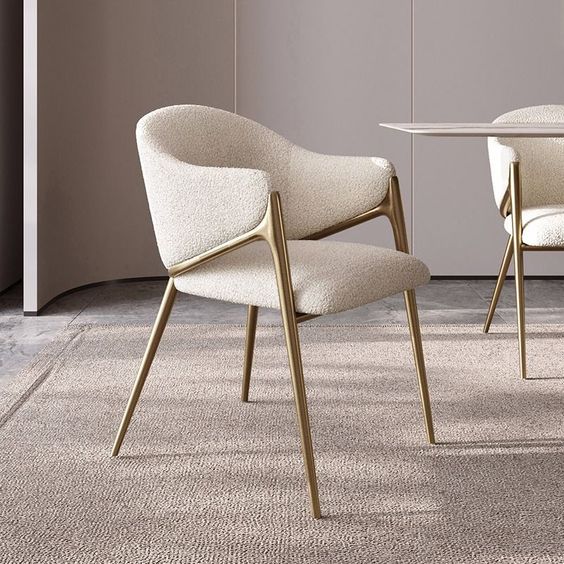
Source: mirodemi.com
7.Organized Storage:
- Integrate storage solutions to maintain a clutter-free environment. Concealed storage options help keep surfaces clean and unobstructed.
- Opt for built-in cabinets and shelves to hide away items and maintain a streamlined look.
- Choose beds with built-in storage drawers or compartments underneath.
- Install floating shelves for a minimalist and functional display of items.
- Coordinate storage containers and baskets with the overall color scheme for a cohesive look.
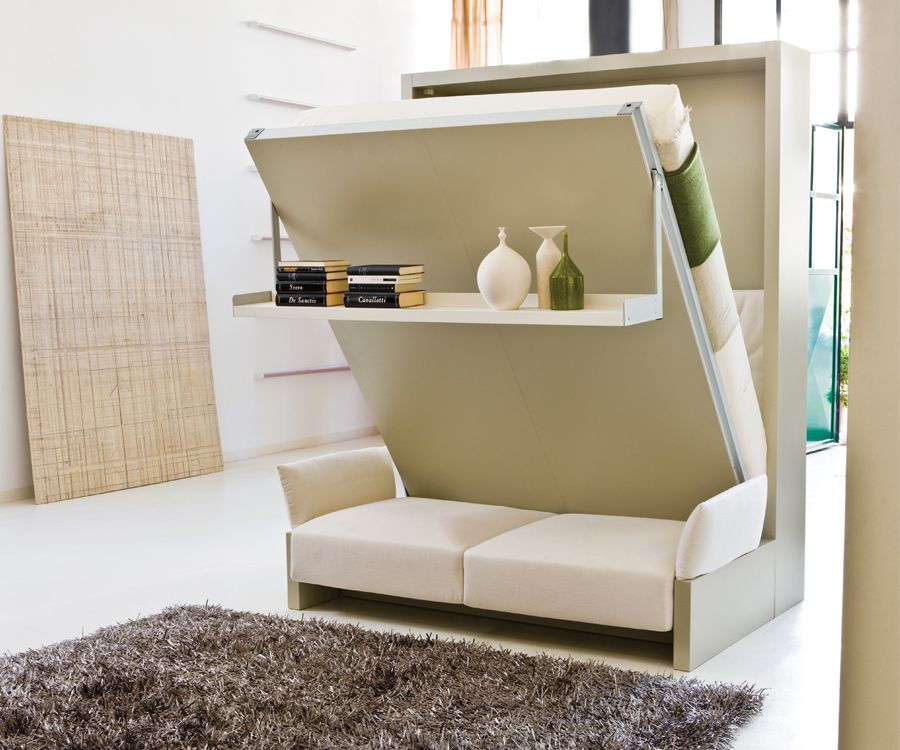
Source: youtube.com
8.Limited colour Palette:
- Keep the colour palette simple and restrained. Occasionally, a single accent colour may be used for visual interest, but it should be used sparingly.
- Choose a single color and use varying shades and tones of that color throughout the space.
- Opt for soft and muted tones rather than vibrant, bold colors.
- Consider colors inspired by nature, such as muted greens, blues, or soft browns.
- If using contrasting colors, keep the contrast subtle to maintain a serene ambiance.
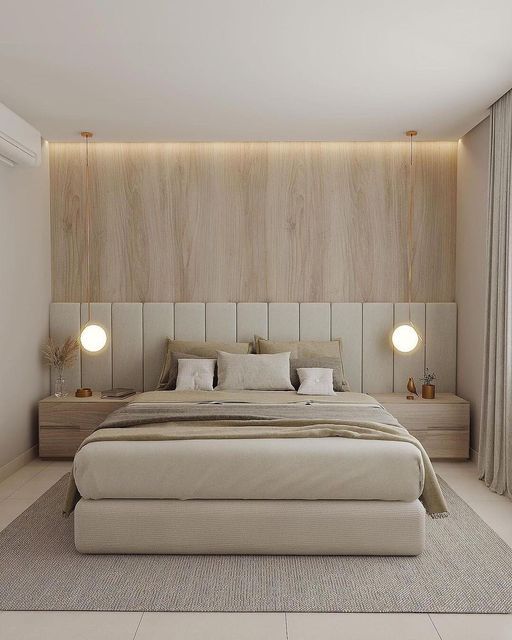
Source:decoreseudia
9.Personalization with Purpose:
- While minimalism often implies a reduction of personal items, it doesn’t mean a lack of personalization. Introduce meaningful and carefully chosen items that align with the overall design.
- Select items that hold personal significance or evoke positive memories.
- Invest in original artwork that resonates with personal taste and enhances the aesthetic of the space.
- Display a curated selection of family photos or personal artwork.
- Consider do-it-yourself lighting projects for a personalized touch.
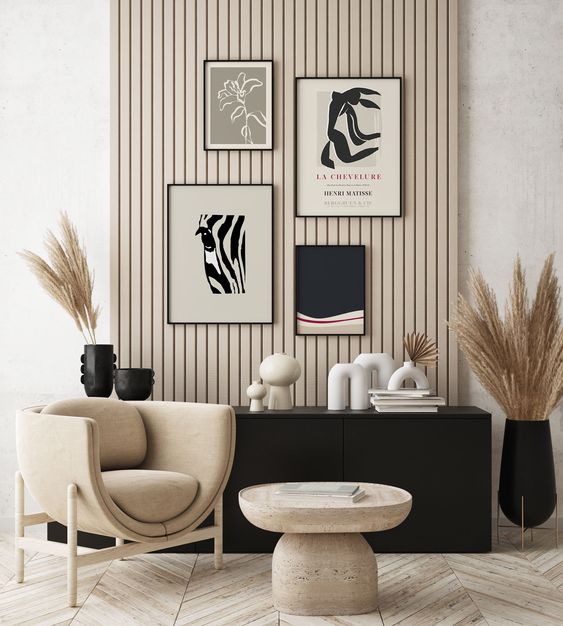
Source: etsy.com
10.Emphasis on Texture:
- Incorporate texture through materials like wood, stone, or textiles. Texture adds depth and interest to a minimalist space without compromising simplicity.
- Introduce textured fabrics through cushions, throws, and rugs. Layering different textures can create a rich and inviting look.
- Opt for natural fibers like wool, cotton, or linen to add a tactile quality to upholstery and linens.
- If possible, expose brick walls to introduce a rustic and textured element.
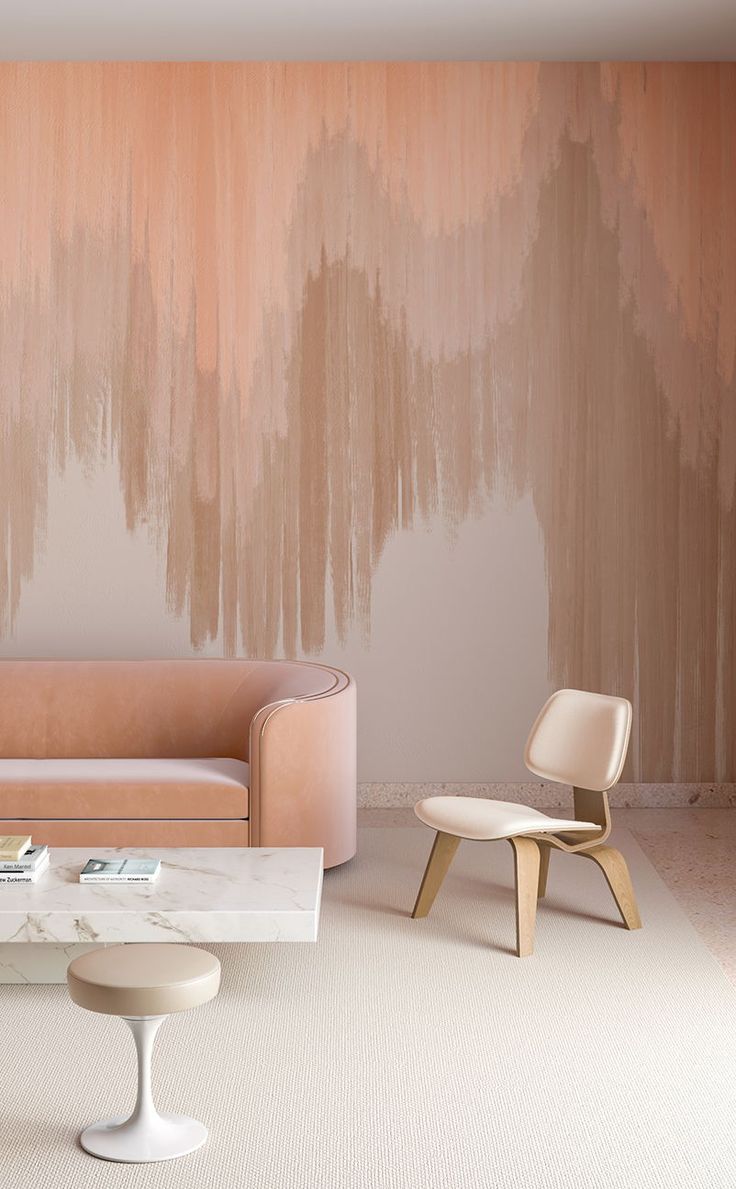
Source: droptitmodern.com
11.Open Floor Plans:
- Incorporate texture through materials like wood, stone, or textiles. Texture adds depth and interest to a minimalist space without compromising simplicity.
- Open floor plans eliminate unnecessary walls, allowing for a seamless flow between different areas of the home.
- The absence of partitions contributes to visual continuity, creating a sense of expansiveness.
- Negative space emphasizes the minimalist approach, allowing key design elements to stand out.
- Open layouts prioritize a balanced composition, ensuring that each area complements the others.
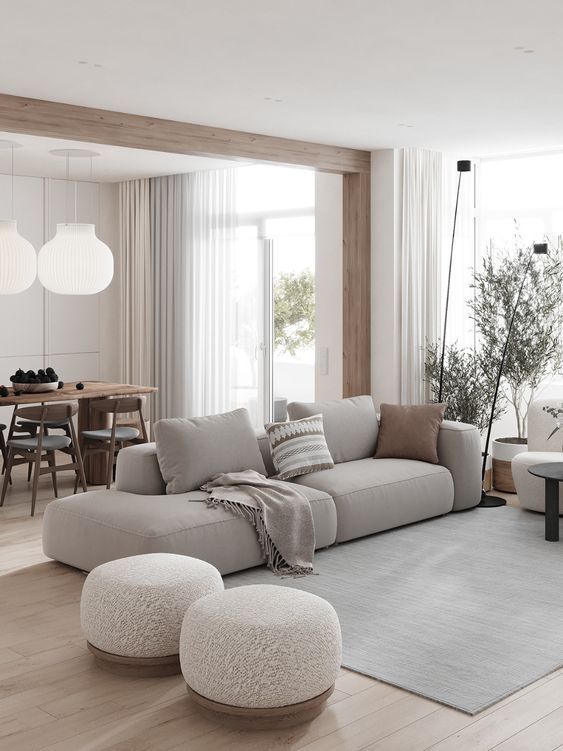
Source:RES LIVING
Importance of minimalism in interior design
Get Free Design
Minimalism in interior design has gained significant importance and popularity for several compelling reasons, influencing the way spaces are conceptualized, designed, and experienced. Here are key aspects highlighting the importance of minimalism in interior design:
1.Clarity and Simplicity:
- Visual Calmness: Minimalism promotes a clutter-free and uncluttered environment, fostering visual calmness and simplicity.
- Reduced Distractions: Eliminating unnecessary elements allows for a clearer and more focused visual experience.
2.Enhanced Functionality:
- Efficient Use of Space: Minimalist design focuses on functionality, optimizing the use of space and ensuring that each element serves a purpose.
- Streamlined Layouts: Clean and simple layouts enhance the efficiency and practicality of living or working spaces.
3.Stress Reduction:
- Visual Clutter Reduction: A clutter-free environment reduces visual noise and contributes to a sense of tranquility, reducing stress.
- Simplified Living: Minimalism promotes simplified living, allowing individuals to focus on what truly matters.
4.Timeless Aesthetic:
- Enduring Appeal: Minimalist design often features timeless aesthetics that transcend trends, ensuring longevity and relevance.
- Adaptability: Minimalist spaces can easily adapt to changing styles or personal preferences over time.
5.Promotes Mindful Living:
- Reduced Materialism: Minimalism encourages a shift away from excessive materialism, emphasizing the importance of intentional and mindful living.
- Quality Over Quantity: The focus on quality over quantity promotes a more conscious approach to consumption and possessions.
6.Emphasis on Essentialism:
- Focus on Essentials: Minimalist design emphasizes essential elements, helping individuals prioritize what is truly important to them.
- Decluttered Mindset: By decluttering physical spaces, minimalism can contribute to a decluttered and focused mindset.
7.Increased Sustainability:
- Less Environmental Impact: Minimalism often involves a more sustainable approach to design, with a reduced environmental impact.
- Conscious Consumption: Minimalist principles align with a more conscious and eco-friendly approach to consumption.
8.Maximized Natural Light:
- Optimized Natural Light: Minimalist spaces often maximize natural light, creating bright and airy environments.
- Connection with Nature: A focus on natural elements contributes to a stronger connection with the outdoor environment.
9.Versatility in Design:
- Adaptable Aesthetics: Minimalist design is versatile and can be adapted to various architectural styles and personal preferences.
- Integration with Other Styles: Minimalism seamlessly integrates with other design styles, allowing for eclectic and personalized interiors.
10.Easier Maintenance:
- Simplified Cleaning: Minimalist spaces are easier to clean and maintain due to the reduced number of surfaces and items.
- Efficient Organization: Efficient storage solutions contribute to an organized and clutter-free lifestyle.
11.Economic Efficiency:
- Cost-Effective Design: Minimalism often involves a more cost-effective approach to design, focusing on essential elements and avoiding unnecessary expenses.
- Long-Term Investment: High-quality, timeless pieces in minimalist design can be seen as long-term investments, reducing the need for frequent replacements.
Uses of minimalism in interior design.
Minimalism in interior design can be applied to various spaces and contexts, offering a versatile and timeless approach. Here are some common uses and applications of minimalism in interior design:
1.Residential Spaces:
- Living Rooms: Create a serene and comfortable living space with minimalistic furniture, neutral colours, and simple decor.
- Kitchens: Embrace clean lines, simple cabinetry, and functional layouts to create an efficient and stylish kitchen.
- Bedrooms: Foster a relaxing and uncluttered atmosphere by incorporating minimalist furniture and a restrained colour palette.
- Bathrooms: Achieve a spa-like feel with minimalistic bathroom design, featuring clean lines, neutral tones, and efficient storage solutions.
-
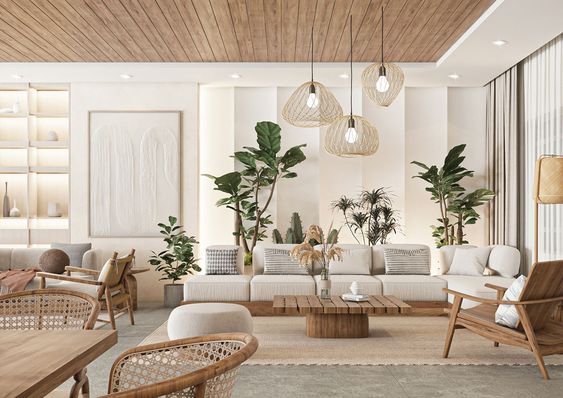
Source: behance
2.Workspaces:
- Home Offices: Promote focus and productivity by keeping home offices organized and clutter-free with minimalistic furniture and design.
- Corporate Offices: Design professional and modern office spaces with clean lines, neutral colours, and functional.
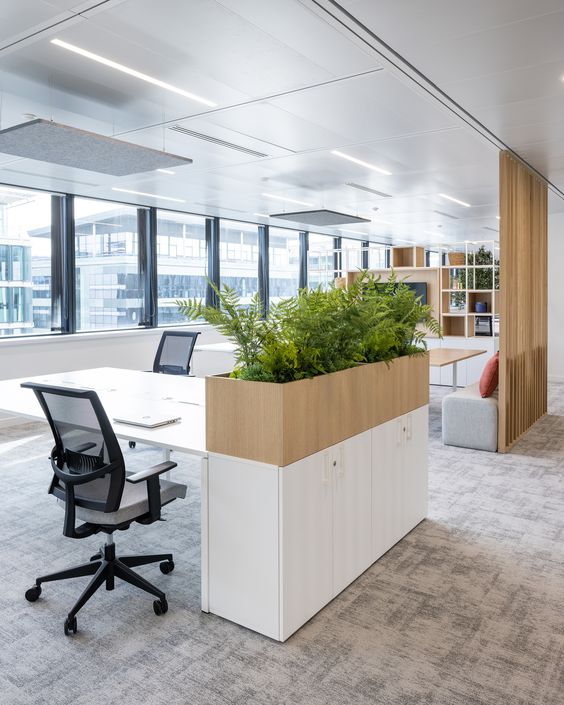
Source: Mooredesign
3.Commercial Spaces:
- Retail Stores: Use minimalism to showcase products and create a sophisticated shopping experience through clean and uncluttered store layouts.
- Restaurants and Cafes: Achieve a modern and inviting ambiance by incorporating minimalist design elements, from furniture to lighting and decor.
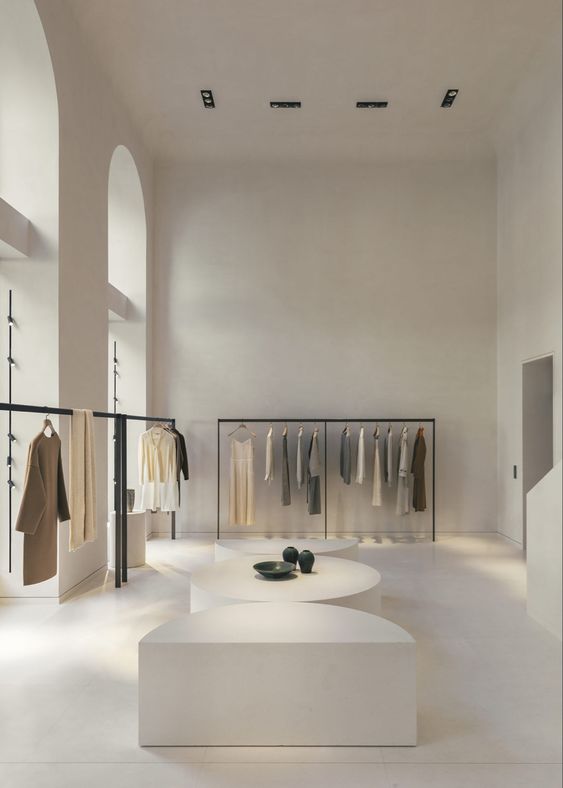
Source: Sophya
4.Art Galleries and Museums:
- Exhibition Spaces: Showcase artwork and exhibits with minimalistic design to allow the focus to remain on the art itself. Neutral walls, simple lighting, and unobtrusive display cases can contribute to this effect.
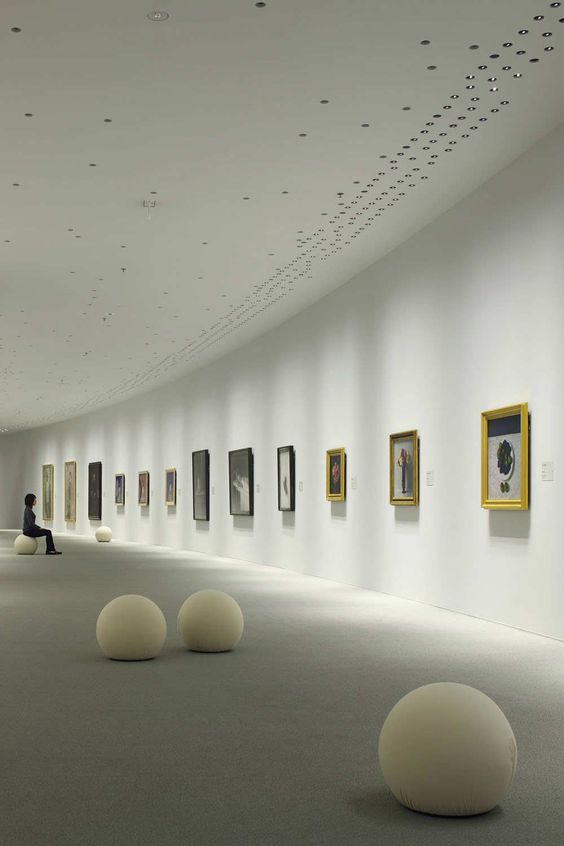
Source:olivia grima
5.Hospitality Industry:
- Hotels: Create a serene and welcoming atmosphere in hotel rooms and common areas with minimalistic design principles.
- Spa Resorts: Embrace simplicity and tranquillity in spa and wellness spaces, using minimalism to enhance relaxation.

Source: charlotte curnick
Conclusion
Minimalism in interiors is not just a design style; it’s a lifestyle that encourages mindful consumption, intentional living, and an appreciation for simplicity. By incorporating these principles, one can create interiors that are not only visually appealing but also contribute to a sense of tranquillity and well-being.
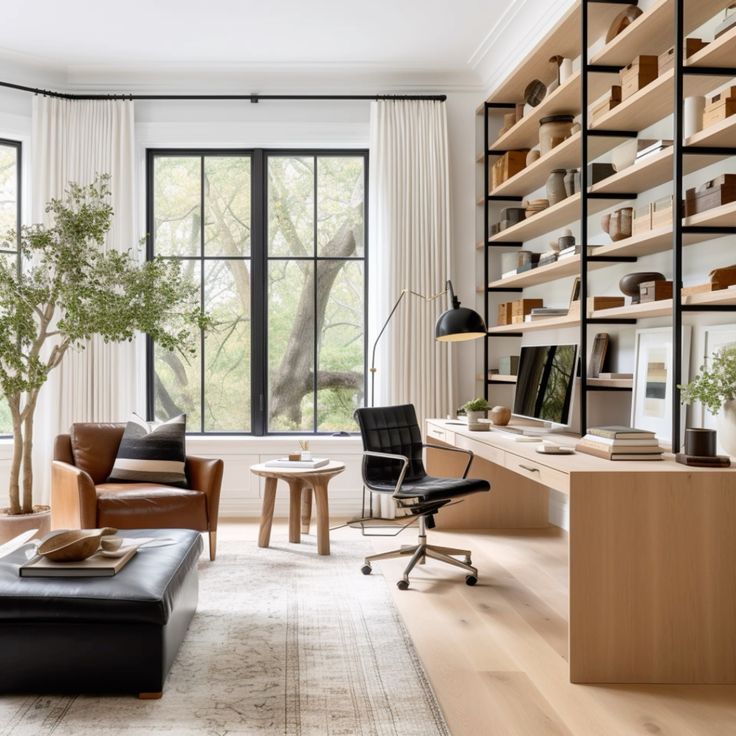

About Author ankitha kelkar
You May Also Like…
The Ultimate Guide to Small Modular Kitchen Designs in 2024
A brief overview of Small Modular Kitchen DesignThe space...
Top 10 TV Unit Designs to Enhance Your Home Interiors
Television unit designs have changed in response to changing...

